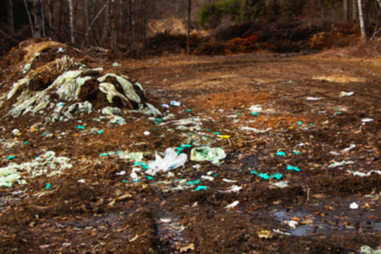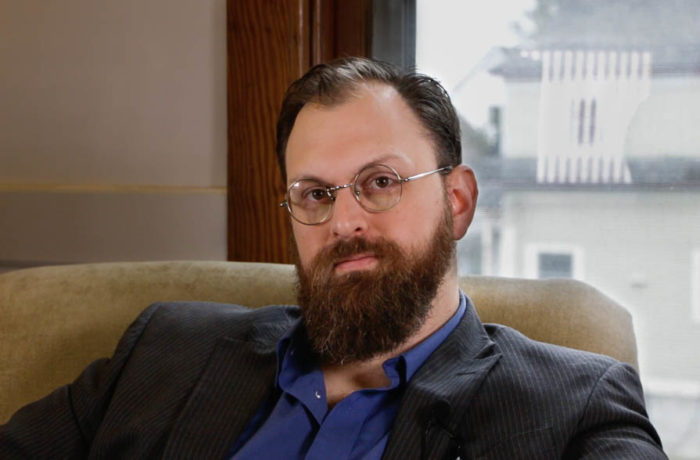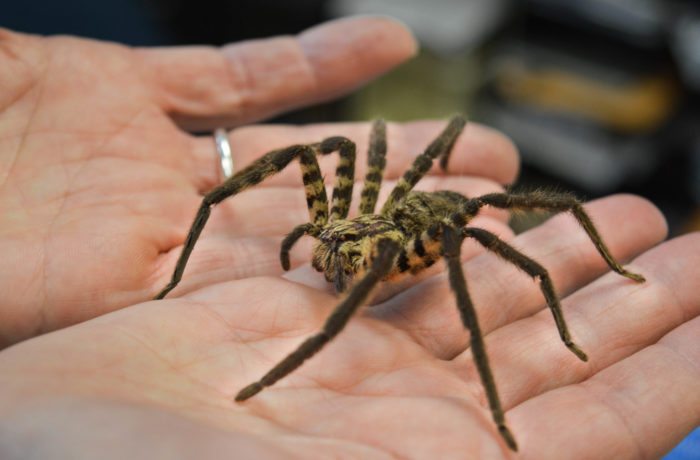By Corinne Harvey
Driving through any suburban neighborhood, one typically expects to see two cars in the driveway, a white picket fence and a perfectly manicured lawn. To keep up this appearance, mowing has to be done each week or the neighbors will begin to complain. But in his latest project, Unlawning America: A Call to Inaction, Brian Collier, associate professor of fine arts at Saint Michael’s College, is urging us to think differently about what will happen if we just let things be; starting with our own backyards.
For the past 10 years Collier has been looking at places that have had a lot of human intervention and disruption of habitats. “I became interested in looking at the lawn, arguably one of the main ways we manage green space. It’s also widely known, based on scientific research, that it’s extremely harmful to the environment in a lot of different ways,” Collier said. He wanted to come up with a project that spreads the idea that it’s not that hard to live an environmentally friendly life, while acknowledging it isn’t easy to make changes in our day to day behaviour.

Brian Collier installing the exhibition at Shelburne Farms in Shelburne, on Monday, Oct. 16.
“From an art perspective, I’m trying to make a convincing argument that will get people to stand back and very sincerely ask the question how much lawn do we need,” Collier said.Through photography and video exhibitions and talks, he is trying to get as many people on board as possible.
To begin this process he wants us to, “Look at the places that we mow and ask how often we use it, if we use it at all. If we only mow it when we use it, maybe we don’t need to do that anymore. It’s tied into an old way of living that doesn’t fit into how our world works anymore.”
For example, in his own yard he has reduced the lawn space by 60 to 70 percent over the course of four years. “People need to be led into understanding what is going on with these changes.”, he explains. It is a new way of looking how our world works.
He advises starting out by mowing a small patch of grass near the sidewalk, letting the rest grow naturally, and then put up official looking signs announcing it to be a pollinator habitat.This gives a purpose for a “messy” looking lawn.

The main wall of Brian Collier’s exhibition, Unlawning America: A Call to Inaction, as seen at Shelburne Farms.
When we let our green spaces go natural, we aren’t giving up very much, and it actually benefits the environment and saves resources. From pollinators to birds populations, by ceasing to intervene in habitats we encourage the growth of insect friendly spaces.
Collier hopes to influence a global movement, one lawn at a time, transforming the 40 million acres of lawns in the United States to encourage healthier ecosystems overall. He said that this project will be the focus of his work for the foreseeable future.


